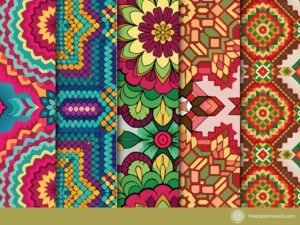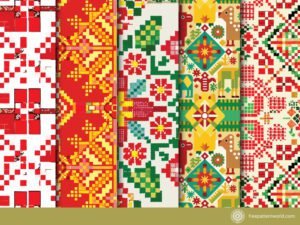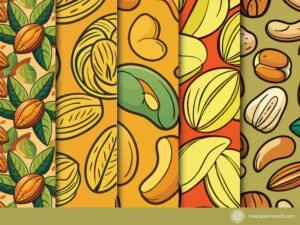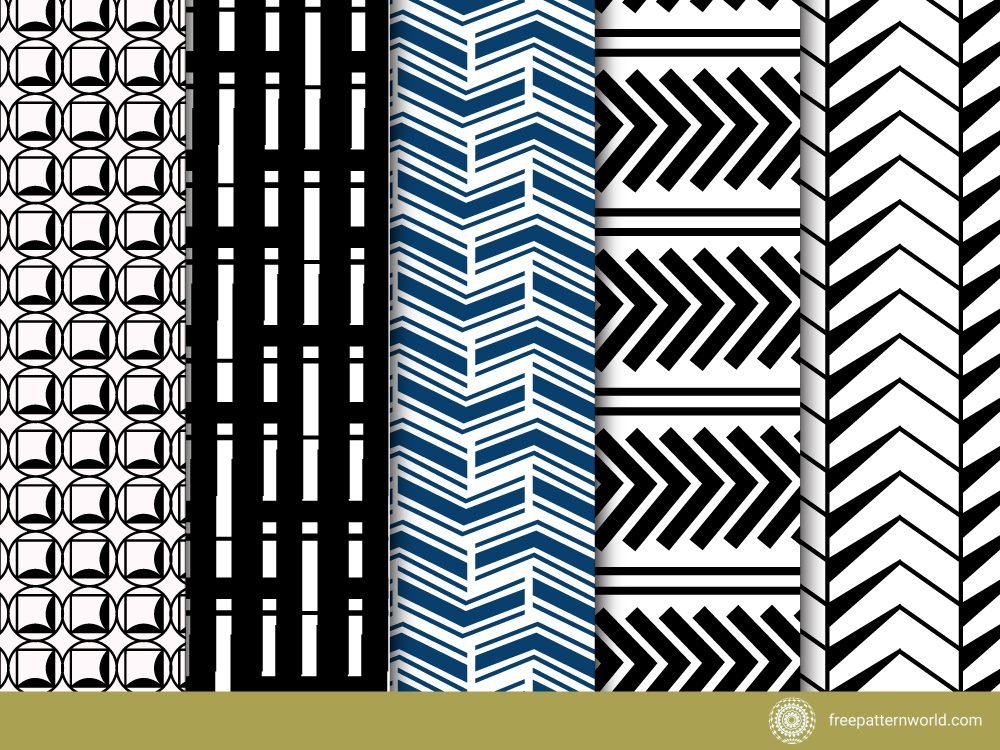
Chevron pattern design is a classic and versatile motif that has been used in art, fashion, and interior design for centuries. Recognizable by its V-shaped zigzag lines, the chevron pattern is both simple and dynamic, making it a favorite among designers and decorators. In this blog post, we will explore the history of the chevron pattern, its various applications, and why it continues to be a popular choice in modern design.
The History of Chevron Pattern Design
The chevron pattern has a long and storied history that dates back thousands of years. Its name comes from the French word “chevron,” meaning rafter, which reflects the pattern’s shape resembling the roofline of a house. Here are some key points in the evolution of the chevron pattern:
Ancient Beginnings
- Mesopotamia and Greece: One of the earliest uses of the chevron pattern can be traced back to ancient Mesopotamian pottery and Greek ceramics, where the zigzag motif was used to decorate vases and other artifacts.
- Roman Empire: The Romans adopted the chevron pattern in their mosaics and textiles. The pattern was not only decorative but also symbolic, often representing ranks in military insignia.

Medieval and Renaissance Periods
- Heraldry: During the medieval period, the chevron became a common motif in heraldry, where it was used on shields and coats of arms to signify protection and defense.
- Architecture: The Gothic and Renaissance periods saw the use of the chevron pattern in architectural details, including roof tiles, floor mosaics, and stained glass windows.

Modern Revival
- 20th Century: The Art Deco movement of the early 20th century embraced geometric patterns, including chevron, in architecture, furniture, and graphic design. The pattern’s clean lines and repetitive form made it a perfect fit for the modernist aesthetic.
- Mid-Century Modern: Chevron experienced another resurgence during the mid-20th century, particularly in textiles and wallpaper designs.
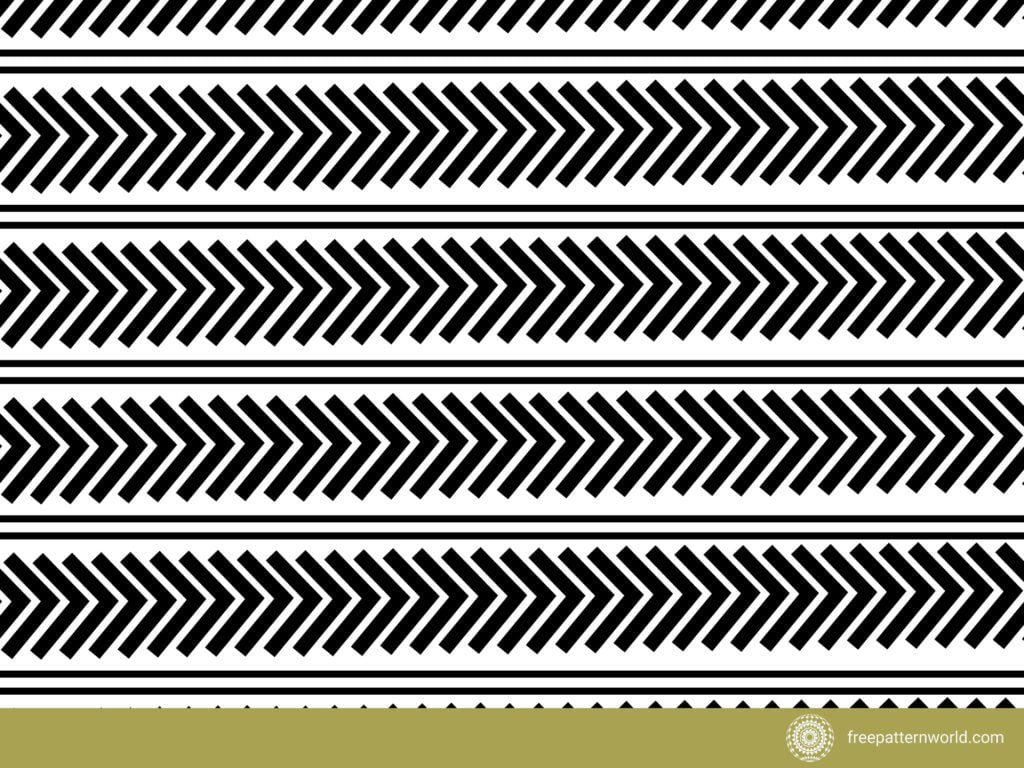
Applications of Chevron Pattern Design
Interior Design
In interior design, the chevron design can be used to create eye-catching focal points and add texture to a space. Some popular applications include:
- Wallpaper: Chevron wallpaper can transform a plain wall into a statement piece, drawing the eye and adding depth to the room.
- Rugs and Carpets: Chevron-patterned rugs and carpets bring a sense of movement and dynamism to the floor, complementing various decor styles.
- Upholstery: Furniture upholstered in chevron fabric adds a touch of sophistication and modernity to living rooms, bedrooms, and even office spaces.
- Tiles: Chevron tiles are commonly used in kitchens and bathrooms, creating visually appealing backsplashes and flooring.

Graphic Design
Graphic designers often use chevron design to add a bold and contemporary touch to their work. Whether in branding, packaging, or web design, chevron elements can create a sense of energy and direction. Some common uses include:
- Logos: Chevron shapes can be incorporated into logos to convey movement, progress, and innovation.
- Infographics: Chevron patterns can be used to guide the viewer’s eye and emphasize important information.
- Backgrounds: Using chevron patterns as backgrounds or borders can add a stylish and modern flair to various graphic design projects.
DIY Crafts
Chevron patterns are also popular in the world of DIY crafts. From scrapbooking to home decor projects, the zigzag motif is easy to create and customize. Some fun DIY ideas include:
- Chevron Wall Art: Create your own chevron art using paint, tape, and a canvas or wooden board.
- Chevron Pillow Covers: Sew or stencil chevron patterns onto plain pillow covers to give your living room a quick and affordable update.
- Chevron Planters: Paint chevron stripes on plain terracotta pots to add a trendy touch to your indoor or outdoor garden.
Why Chevron Patterns Remain Popular?
The chevron simplicity is one of its greatest strengths. Its straightforward design makes it easy to incorporate into various styles, from traditional to contemporary. Whether used sparingly or as a dominant theme, chevron patterns can adapt to different aesthetics and purposes.

The chevron design is a testament to the enduring power of simplicity and geometry in art and design. Its rich history, versatility, and timeless appeal make it a beloved motif in various creative fields. Whether you’re a fashion designer, interior decorator, graphic artist, or DIY enthusiast, the chevron pattern offers endless possibilities for adding a touch of sophistication and dynamism to your work.
Download more free pattern designs from freepatternword and freepik.

